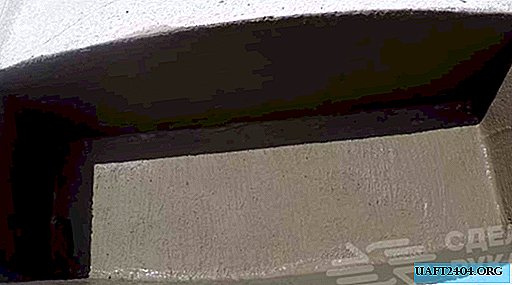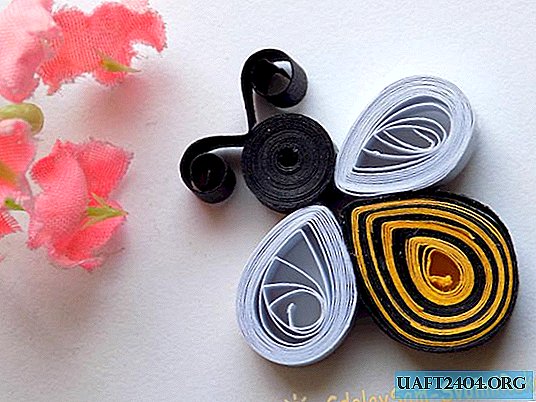
Building aerated concrete blocks are characterized by good hygroscopicity, so they "pull" any moisture into themselves.
How to protect aerated concrete from moisture so that it does not get wet? For this, the author suggests using cement waterproofing.
In this review, the author demonstrates the effectiveness of the method. Therefore, if you are interested in this topic, read on.
Preparatory work
To conduct an experiment (or it will be more correct - a test) the author made a "trough" of pieces of aerated concrete so that water could be poured inside.
To connect the pieces of aerated concrete, mounting glue-foam was used. After the foam dries, all the resulting influx will need to be cut with a knife.

Dust off the inner walls of the "trough", and then apply the primer to the surface in one layer.

The main stages of work
At the next stage, we mix cement waterproofing. After preparing the solution, let it stand for 5-7 minutes, and then mix again.

Next, we apply the first layer of cement waterproofing to the inner walls. This can be done with a spatula or a wide brush.

After the first layer has dried (at least 24 hours should pass), apply the second layer, but already perpendicular to the first.

That is, if the first layer is applied, for example, along, then the second must be applied across.
The manufacturer of waterproofing writes that two layers are enough, but the author decided to apply the third layer, which should be perpendicular to the second.

Experiment progress
After the third layer has dried, the author proceeds to the most important part of this review - testing of waterproofing.
If the aerated concrete does not absorb water, the test is passed. If the aerated concrete gets wet, then the experiment failed.
So, the author pours water into the "trough" almost to the very top. Before this, it is advisable to install aerated concrete on an even plane.

The water stood in the "trough" for a long time, but not a drop has been absorbed into the aerated concrete for all the time. Therefore, without any doubt, we can conclude that cement waterproofing really works and copes with its task.
For the purity of the experiment, the author decided to cut the block to look at the slice.

As expected, the aerated concrete slice was completely dry. So, the experiment was successful.

Therefore, if you need to protect aerated concrete from moisture, then you can use cement waterproofing for this.
For a detailed review, see the video on our website.











